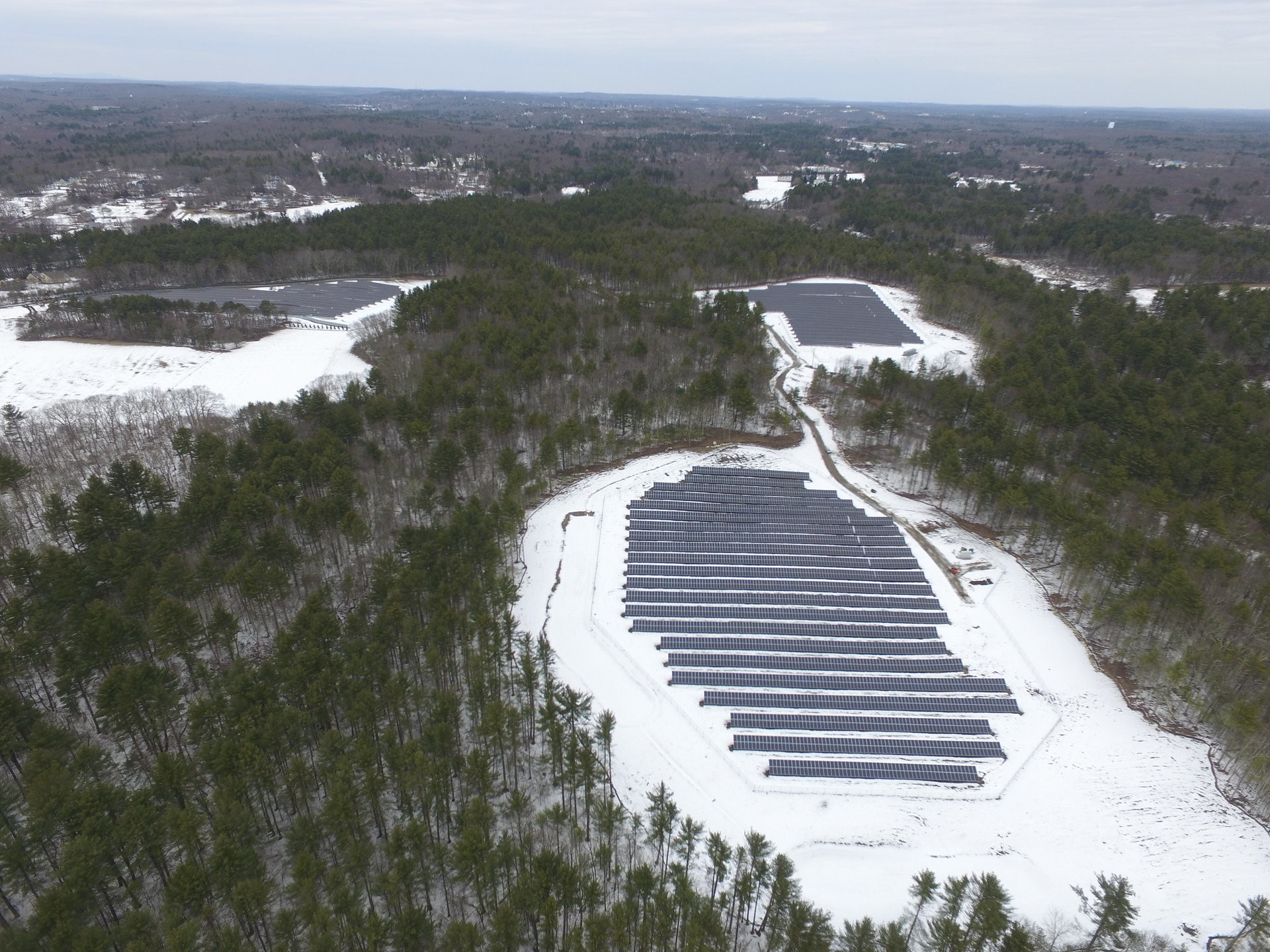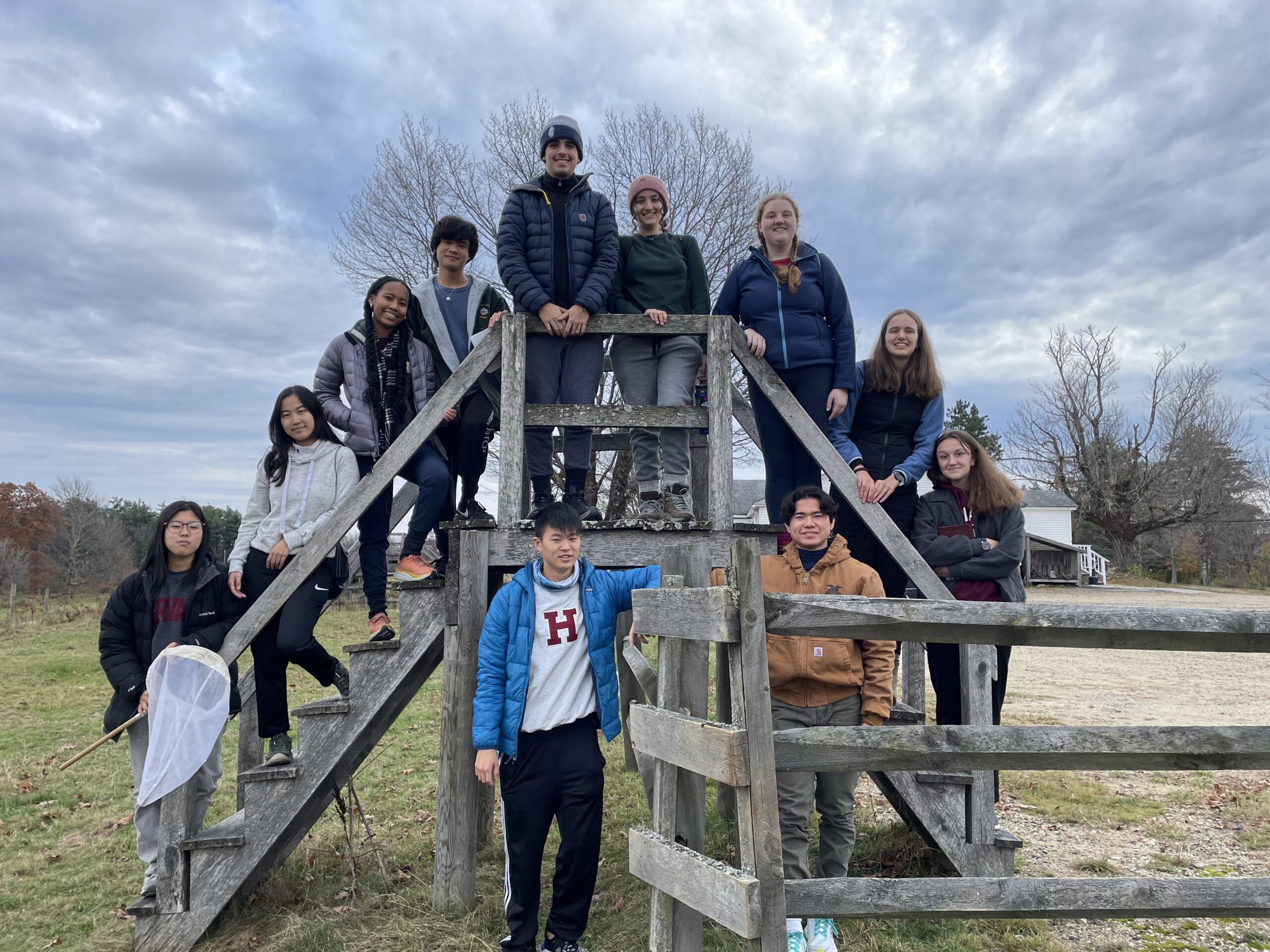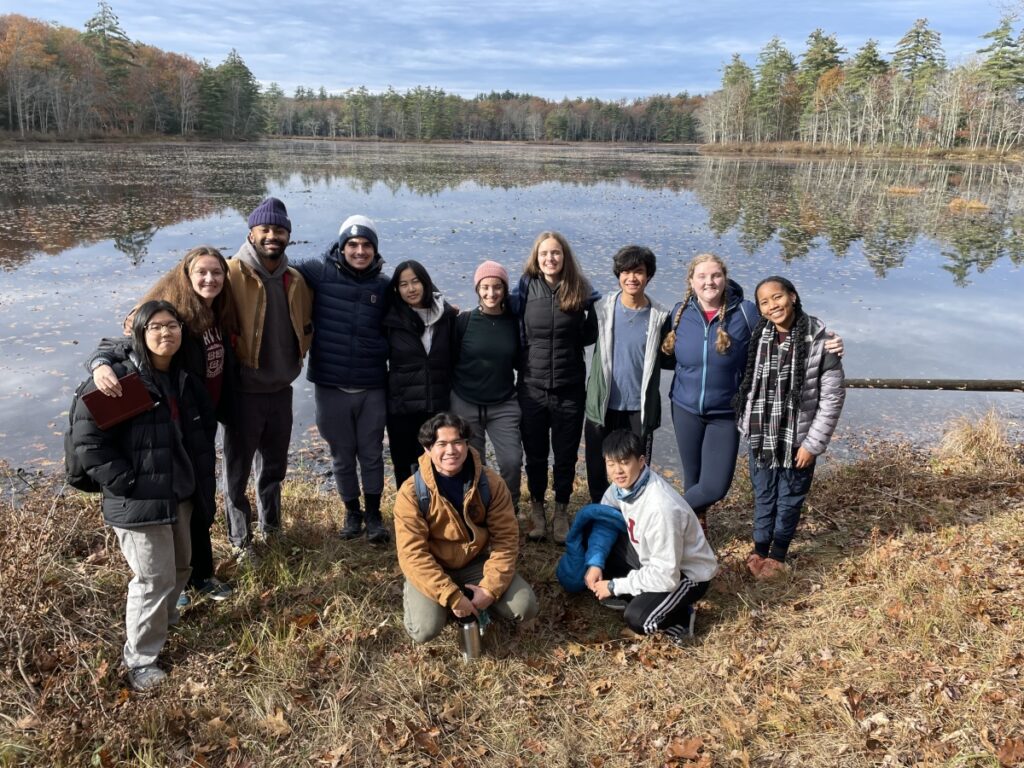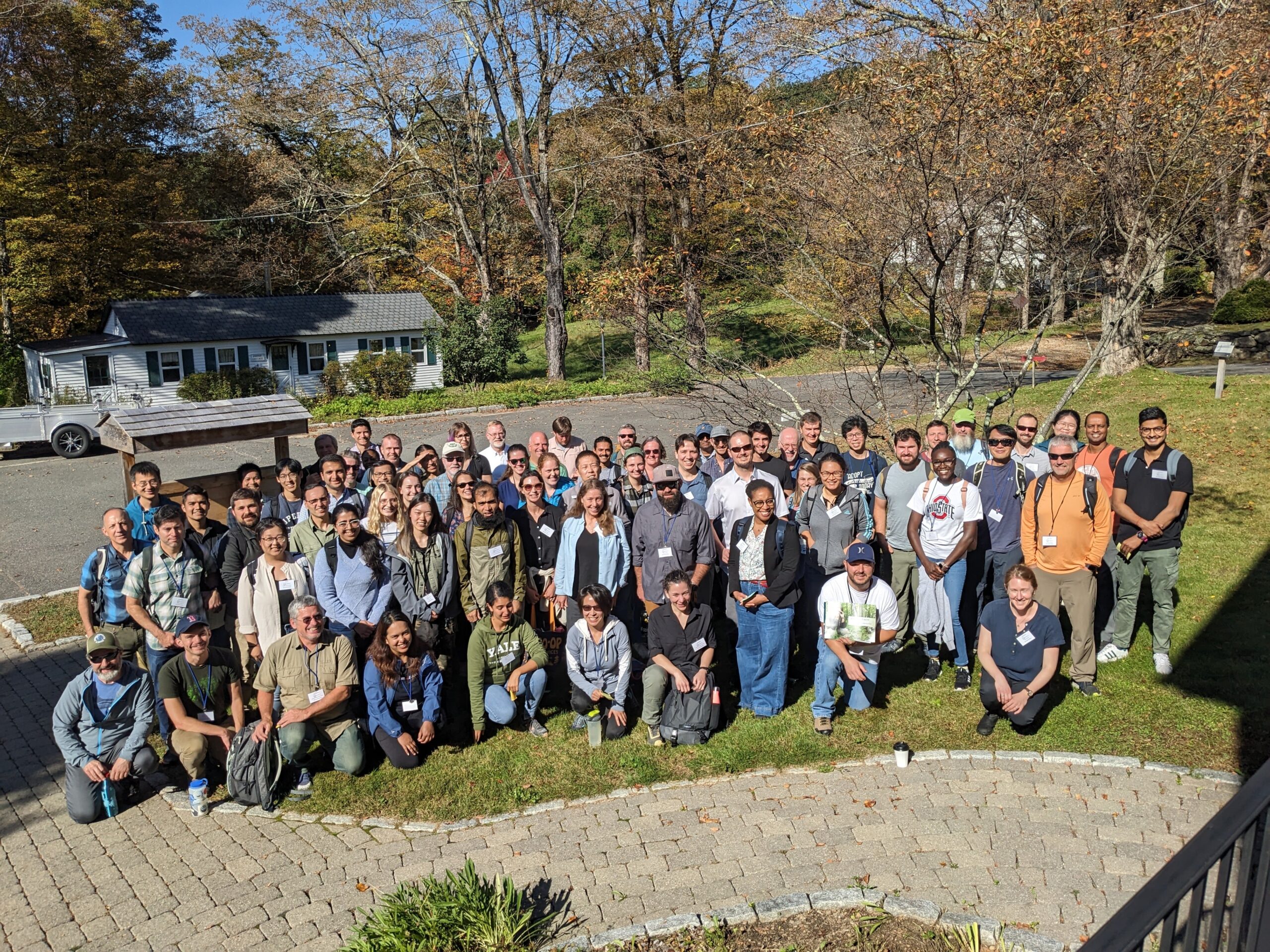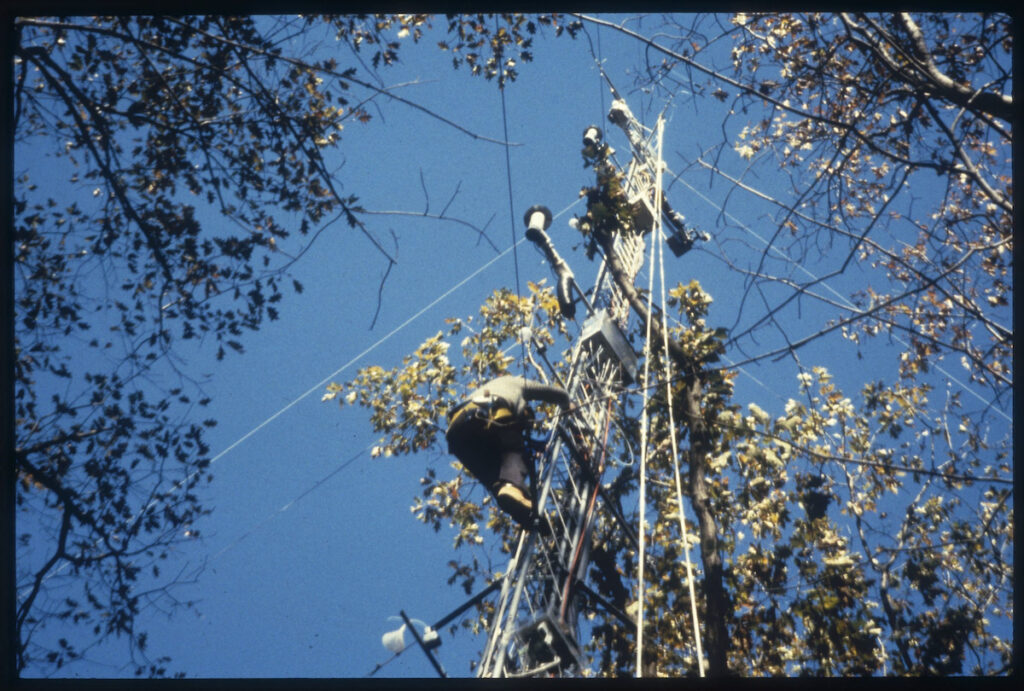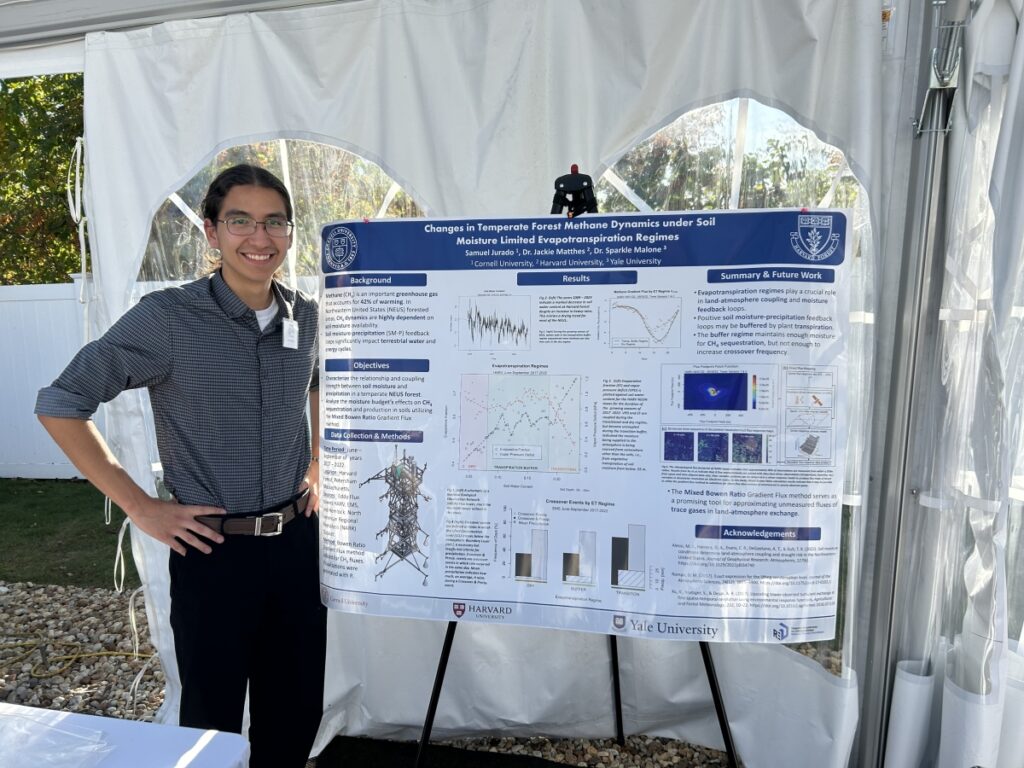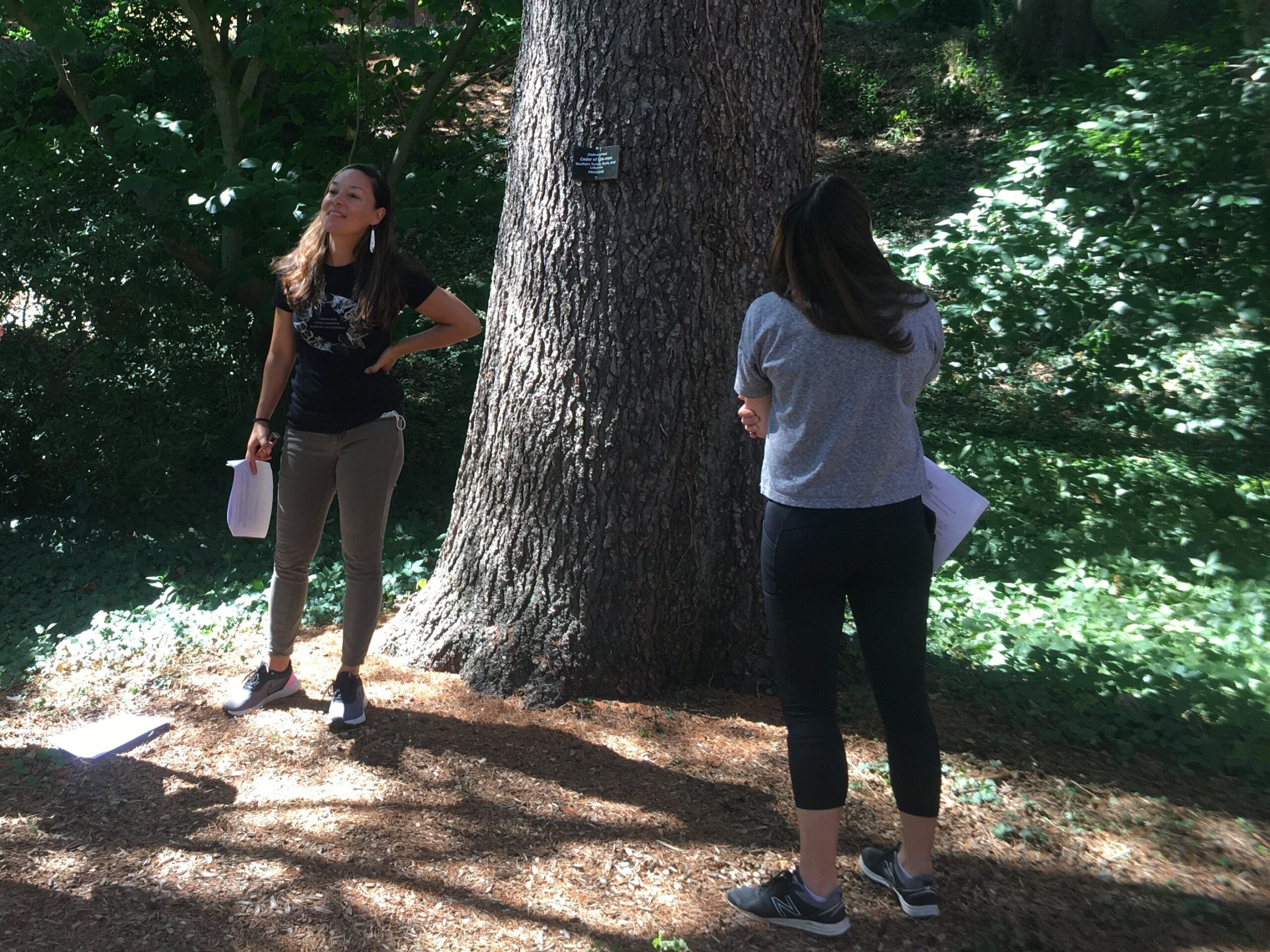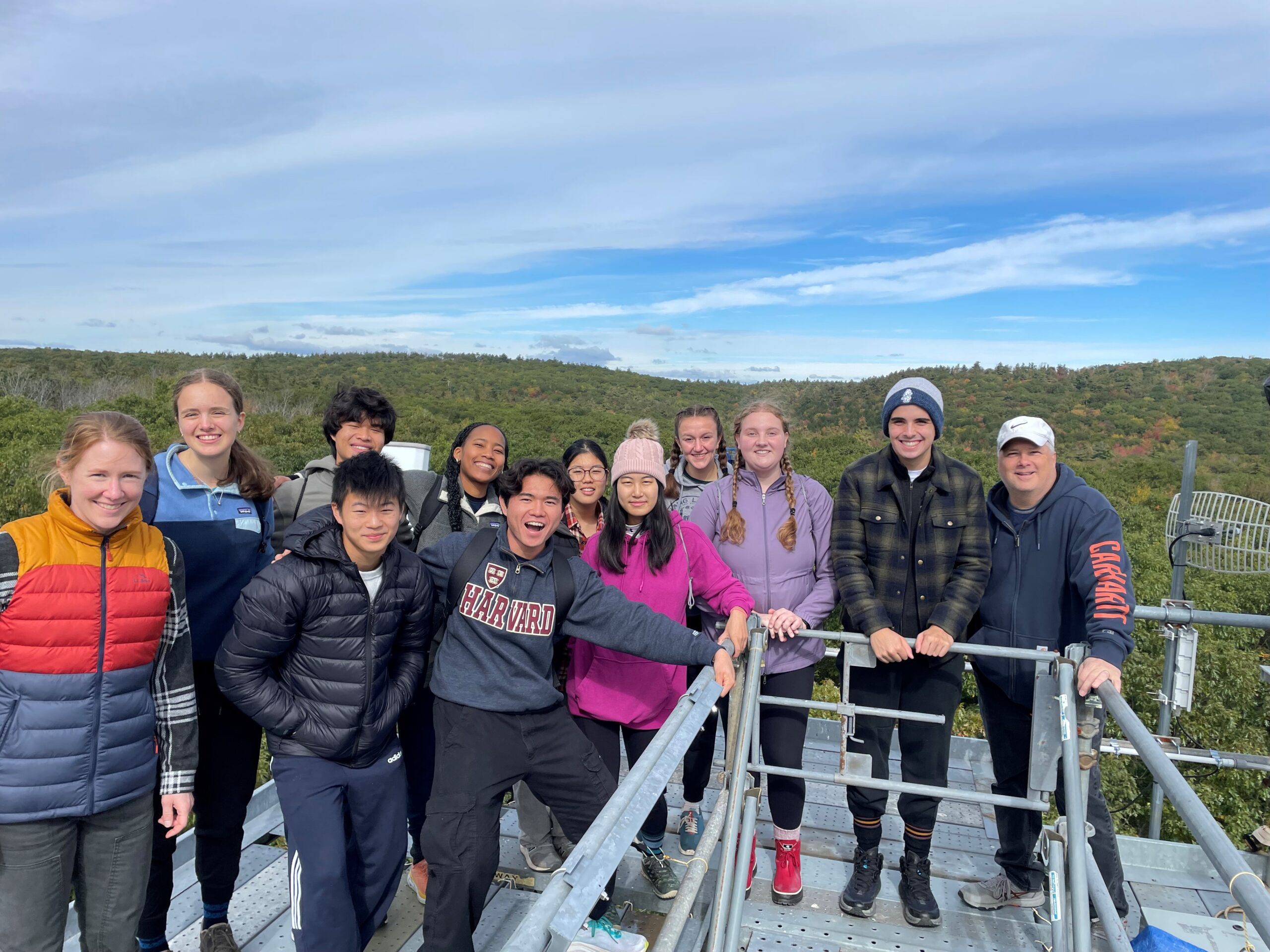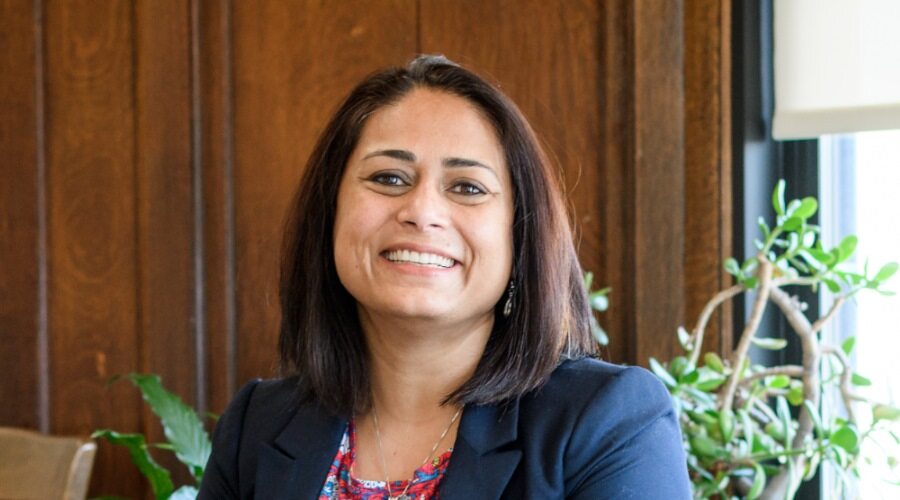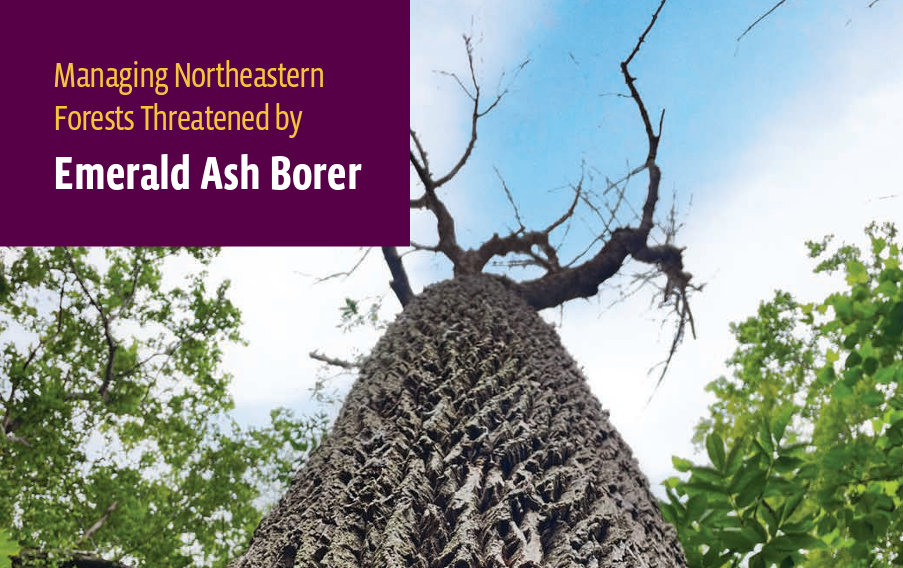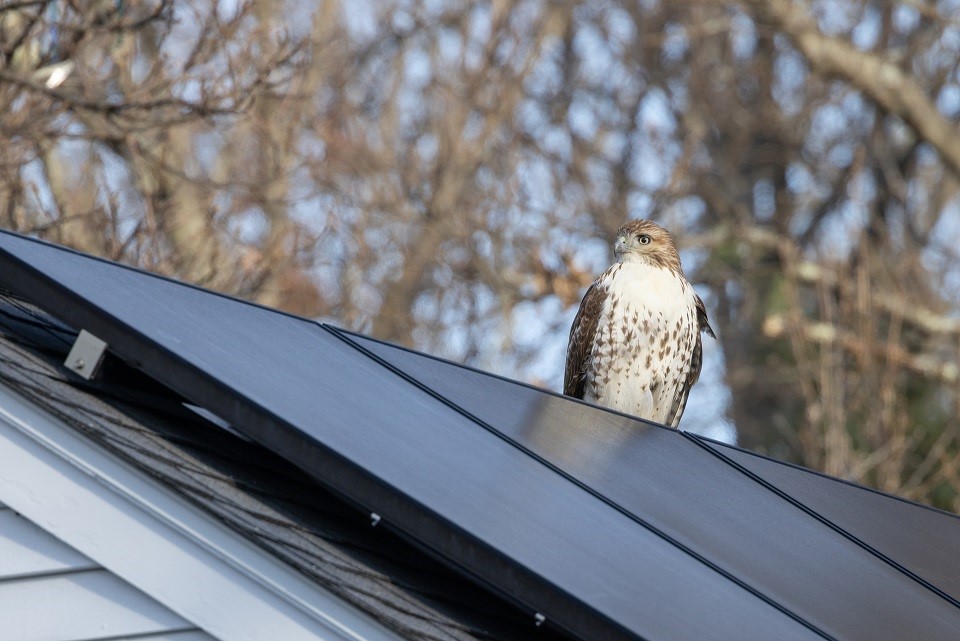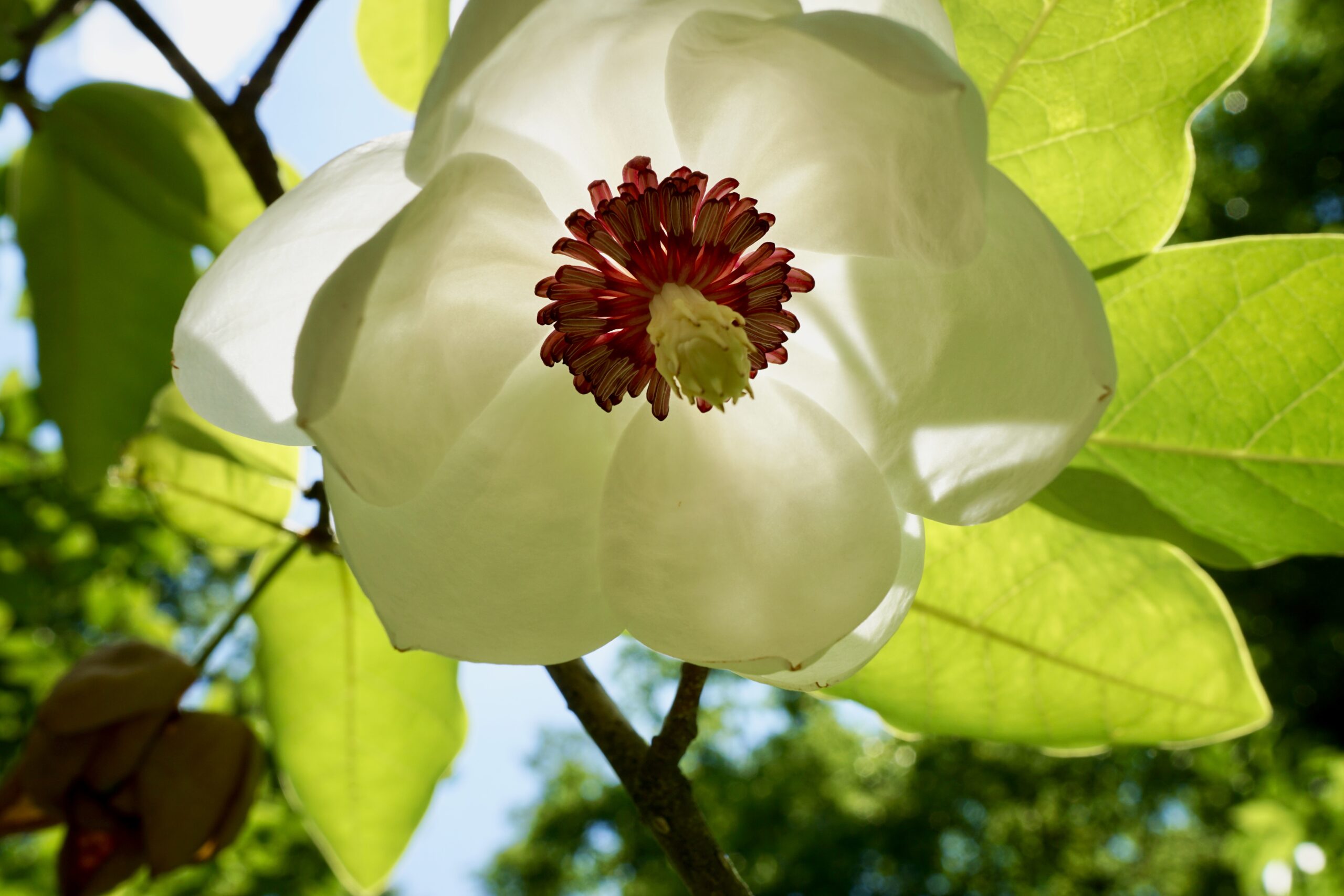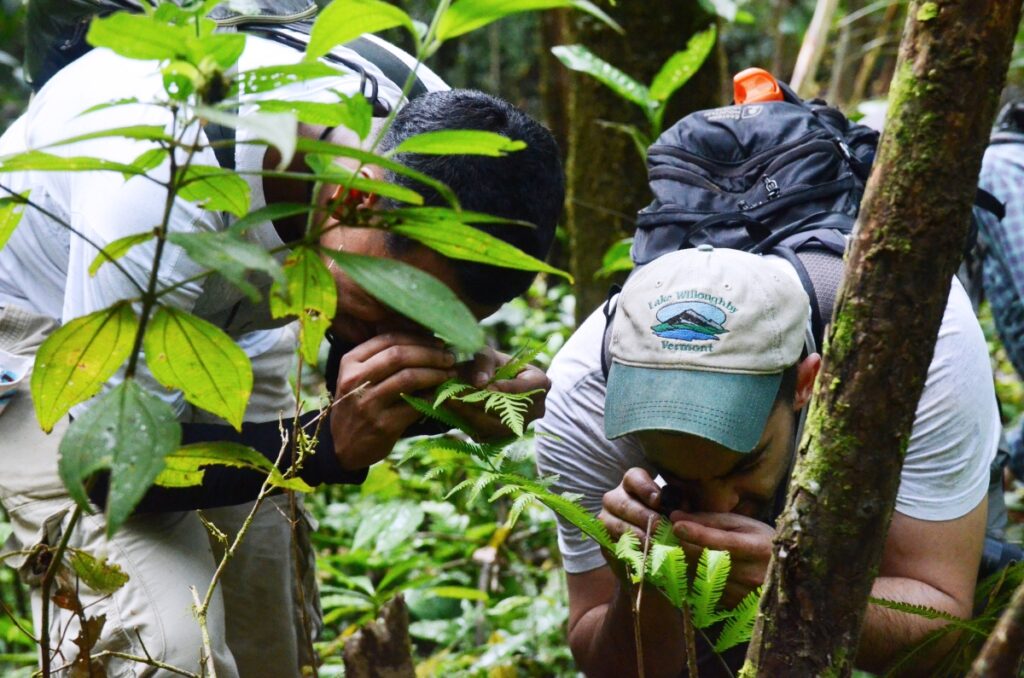Resarch Discussion: Growing Solar, Protecting Nature
Tuesday, March 5, 6:00-7:30pm
Fisher Museum at Harvard Forest
324 North Main Street
Petersham, MA 01366
Massachusetts needs more solar energy to meet its goal of reaching net-zero greenhouse gas emissions by 2050. But so far, much of the solar energy deployed in central and western Massachusetts has been built at the expense of forests, farmlands, and some of our most biodiverse habitats. This pattern isn’t good for the climate; forests, wetlands, and farm soils absorb one tenth of our state’s greenhouse gas emissions each year.
We must find a way to build most of our needed solar energy on rooftops, parking lots, and already-developed land. Harvard Forest teamed up with Mass Audubon researchers for a statewide study that proves this is possible—but only with the right policy changes.
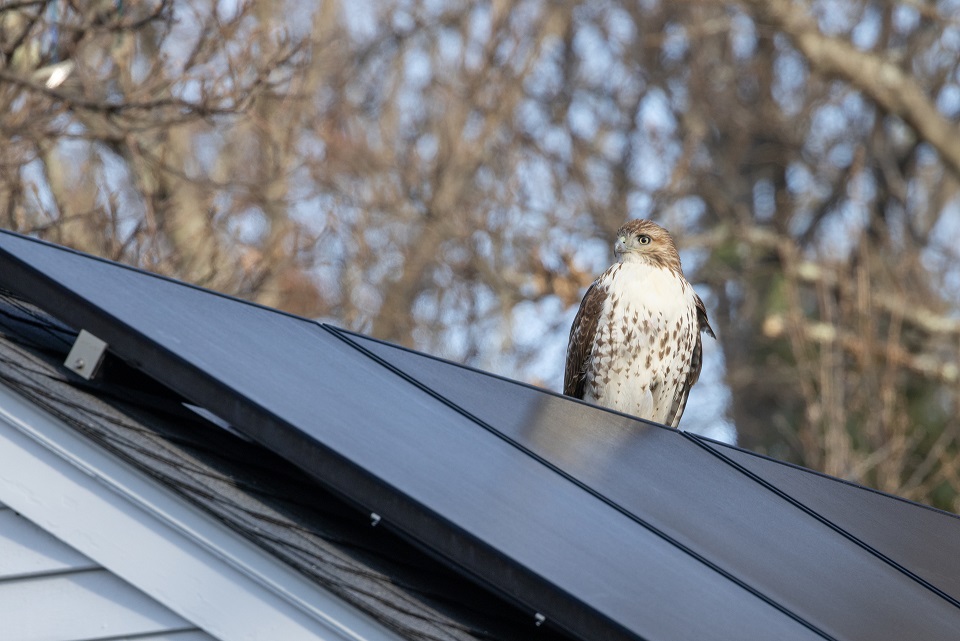
Please join our Research Director and Senior Ecologist Jonathan Thompson and Mass Audubon Vice President of Policy and Advocacy Michelle Manion to learn about this important research and our recommendations for how Massachusetts can responsibly meet its solar energy goals.
The Harvard Forest welcomes individuals with disabilities to participate in its programs and activities. If you require visitor accommodations or assistance, please contact hfvisit@fas.harvard.edu or 978-724-3302, preferably at least one week in advance of your visit. Learn more about accessibility at Harvard Forest.
Thumbnail photo above: Located in Mendon, MA, a solar array now occupies land that was previously forested and partially used for farming. The total system size is about 4.1 MW DC. Photo by Lucas Faria.
